Competition Overview
The Student Unmanned Aerial Systems (SUAS) competition is an international collegiate challenge that simulates real-world UAV missions in a competitive environment. Hosted by the Association for Unmanned Vehicle Systems International (AUVSI), the competition brings together top university teams to design, build, and operate autonomous aerial systems capable of completing complex search-and-rescue scenarios. Teams are evaluated on technical design reports, flight readiness reviews, and most importantly, their performance in executing fully autonomous missions including obstacle avoidance, target identification, and precision payload delivery.
Team Triton UAS - UC San Diego
As a member of UC San Diego’s Triton UAS team, I contributed to a multidisciplinary engineering effort spanning aerospace, mechanical, electrical, and computer engineering disciplines. Our team worked for months leading up to the competition, designing and refining a custom UAV system capable of meeting the rigorous demands of the SUAS mission profile. My primary responsibilities focused on design and maintainance of the Antenna Tracker, a mission critical component for maintaining a strong, stable data link by continuously pointing a high-gain Yagi antenna directly at the moving aircraft.
Competition Timeline
Summer pre-Competition Preparation
Months of dedicated work culminated in the final weeks before the competition. Our team conducted extensive testing of all systems, from autonomous flight algorithms to payload delivery mechanisms.
The preparation phase involved countless hours in workshops and testing fields, ensuring every component met the highest reliability standards.
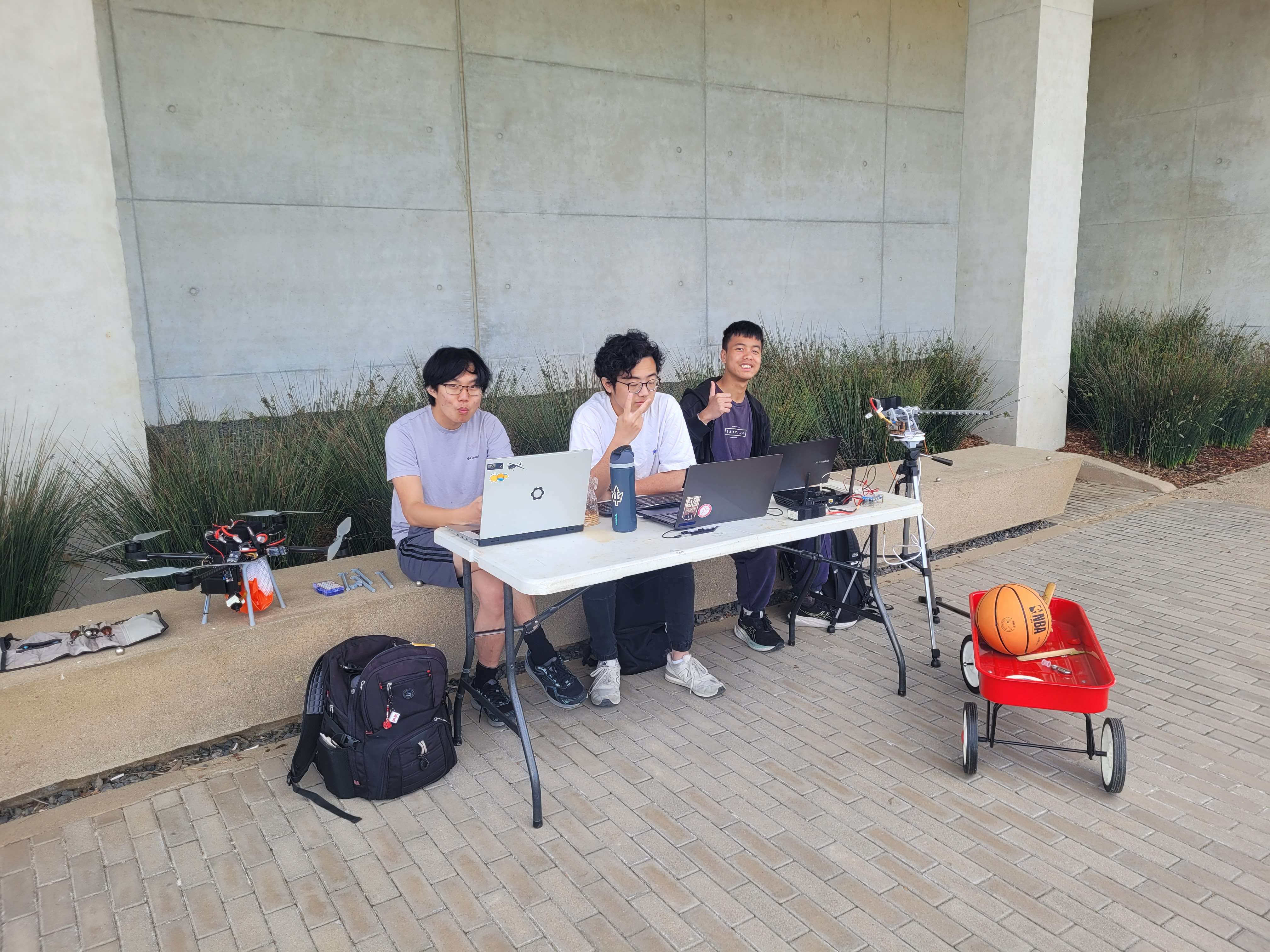
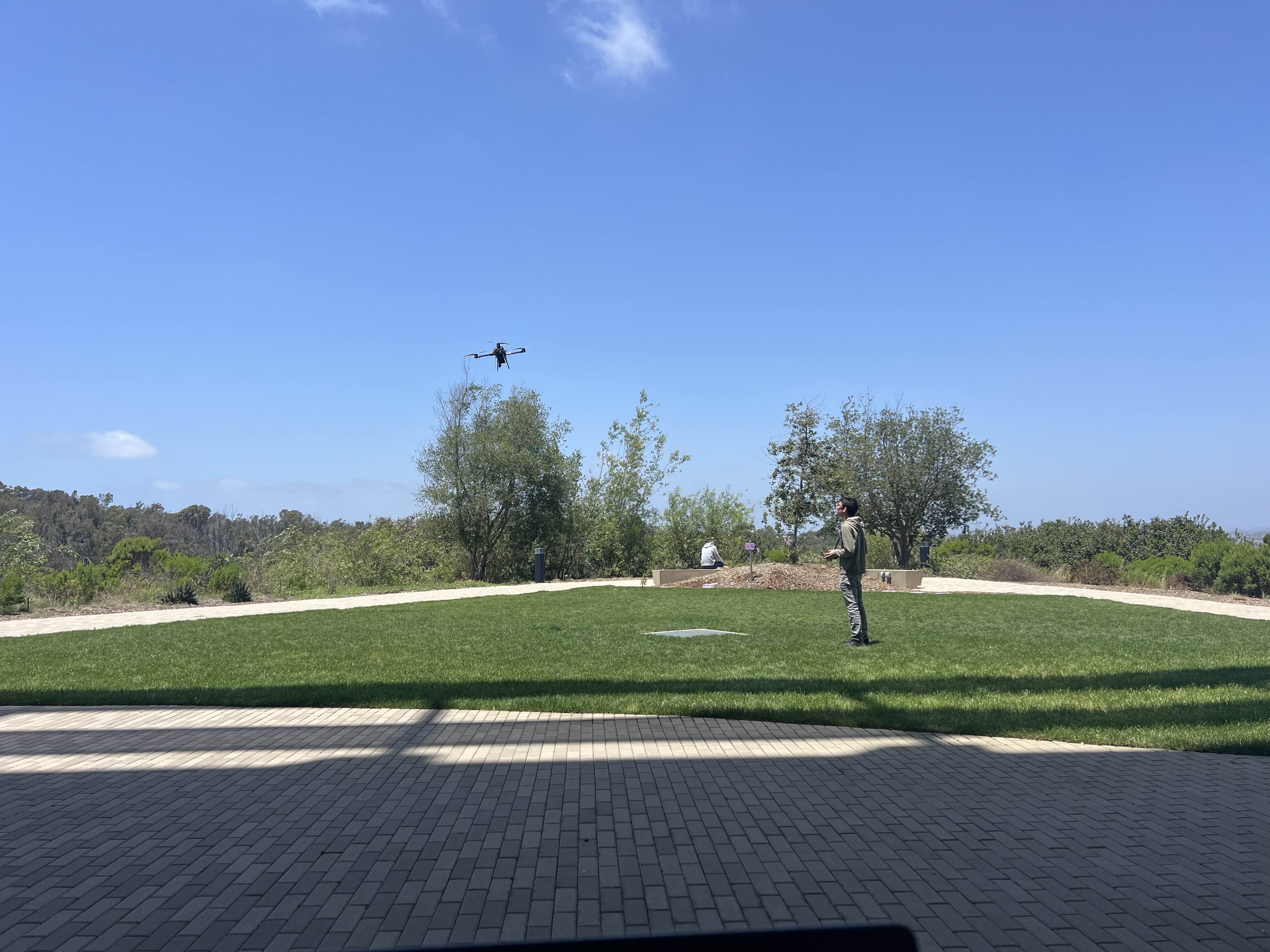
Day 1 in Maryland: Arrival and Briefing
After arriving in Maryland, our first priority was settling into the hotel and immediately transforming our rooms into temporary workshops. We carefully unpacked and inventoried all components, then began the meticulous process of assembling our UAV system. The airframe required careful reconstruction, avionics needed testing after travel, and all mechanical systems demanded verification. This setup phase was crucial—ensuring everything survived transit and was competition-ready. Once assembled, we attended the initial briefing where mission parameters and competition rules were revealed, requiring last-minute adjustments to our flight strategy.
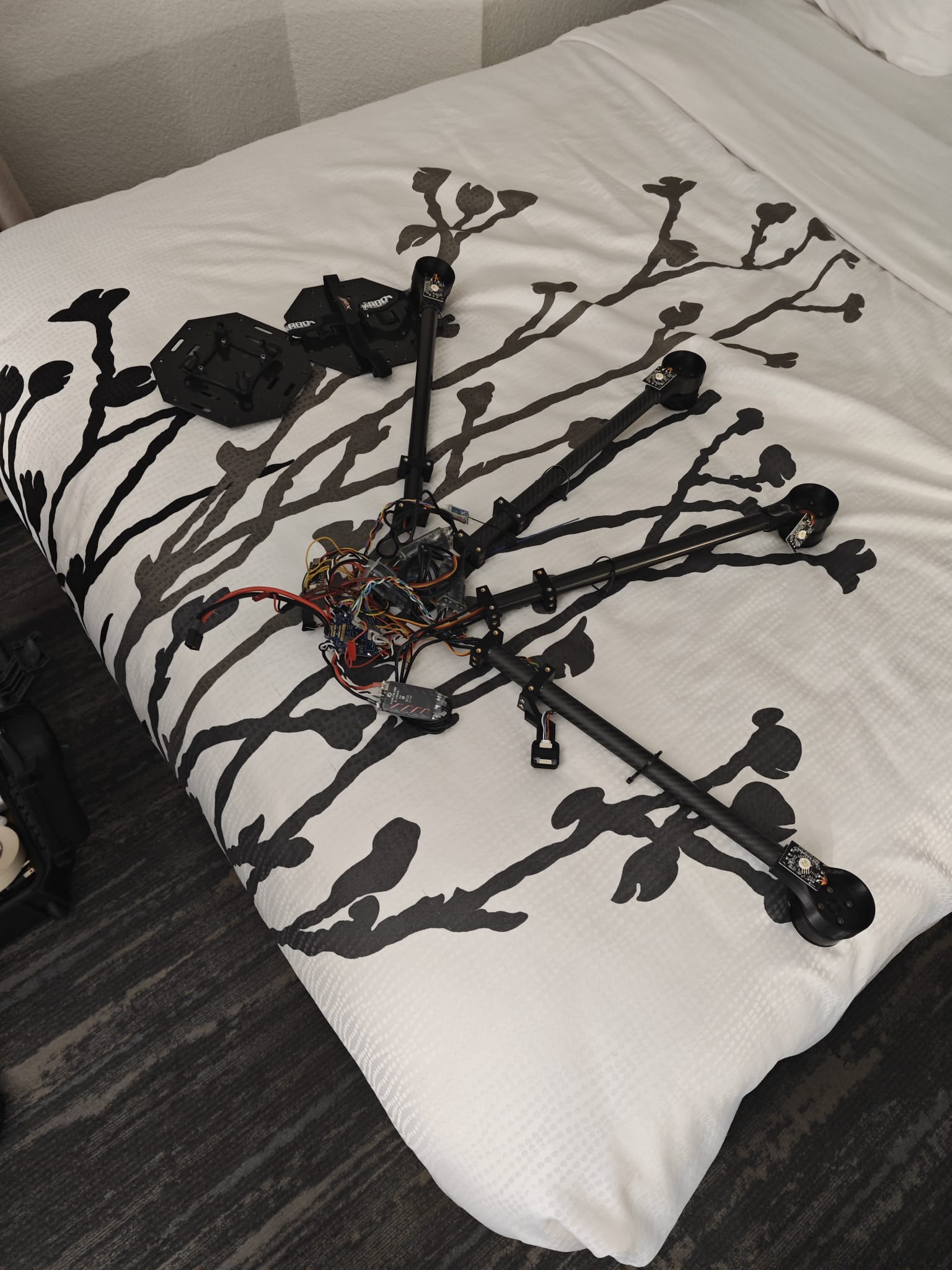
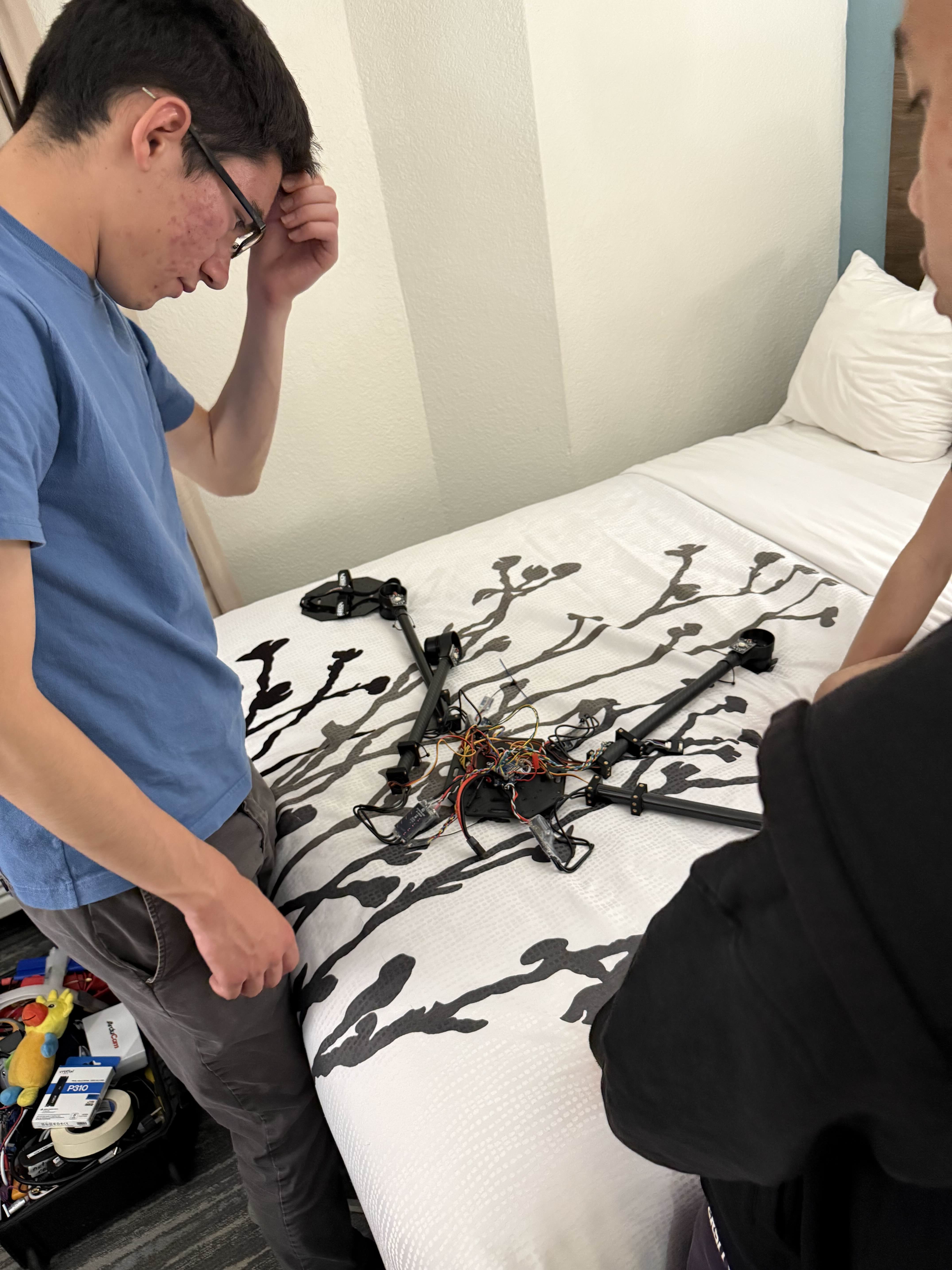
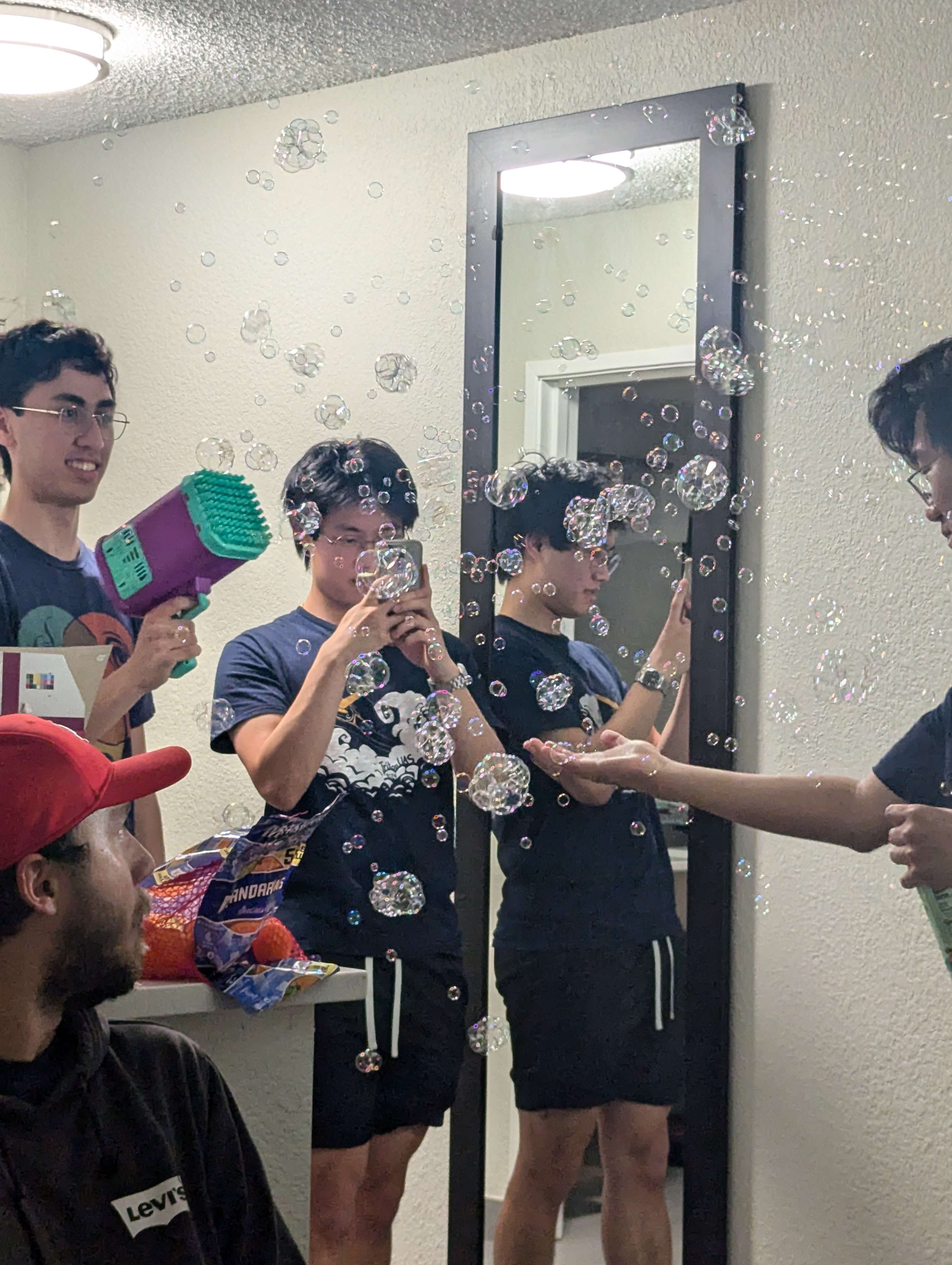
Post-Briefing Lunch
After the intense initial competition briefing where we received our mission parameters and rules, the team gathered for a quick lunch to strategize. This was our first opportunity to digest the specific challenges we’d face and begin planning our approach. The atmosphere was electric with a mix of anticipation and focus as we discussed flight patterns, sensor configurations, and division of responsibilities for the upcoming mission.
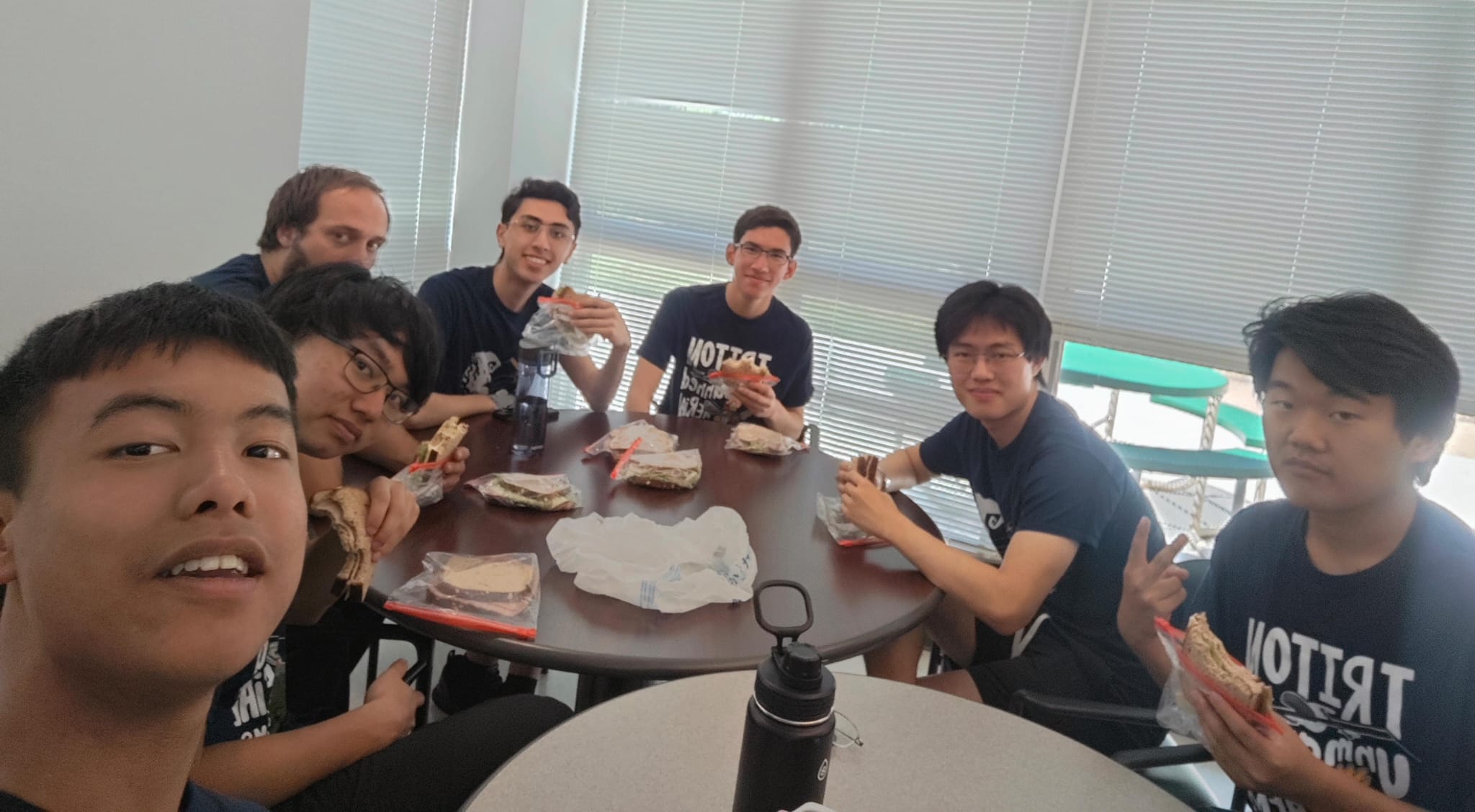
3AM test flights
The dedication of our team became apparent during the overnight testing phase. At 3AM, we were still conducting critical flight tests under challenging conditions. The darkness added an extra layer of complexity to our systems checks, pushing our sensors and autonomous navigation to their limits. Despite the exhaustion, there was an undeniable excitement as we verified our systems were mission-ready.
Video of payload drop during test flight:
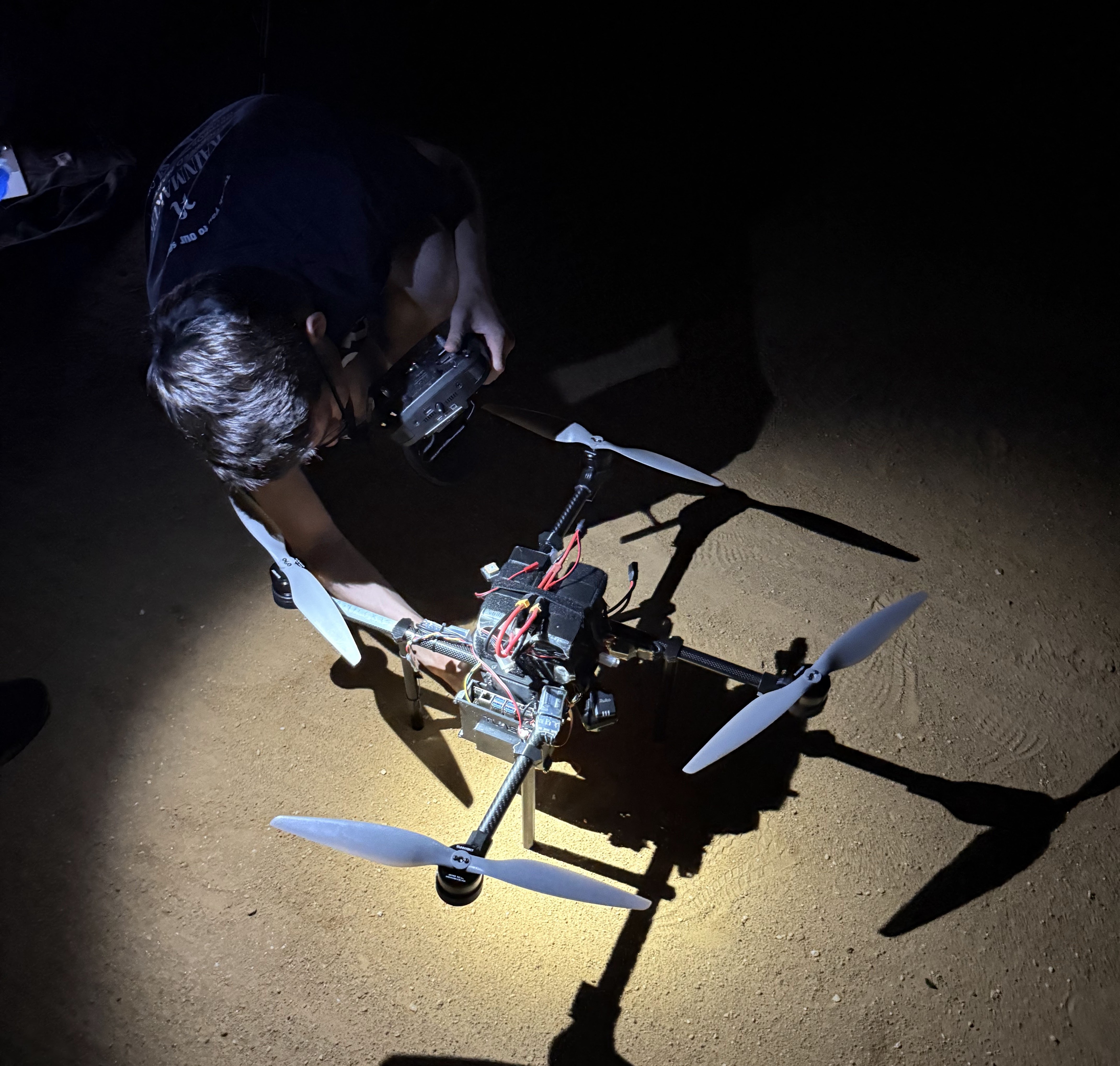

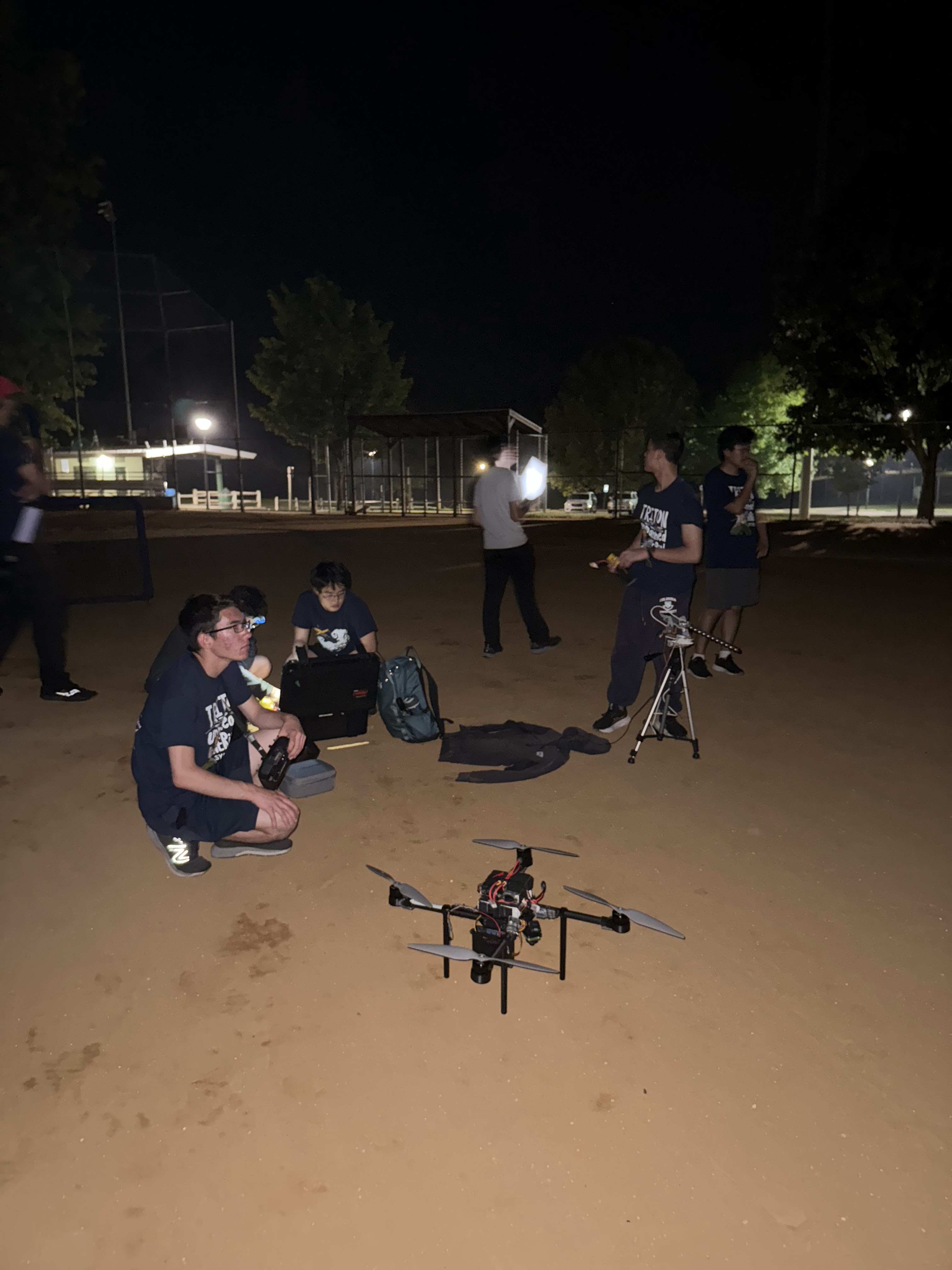
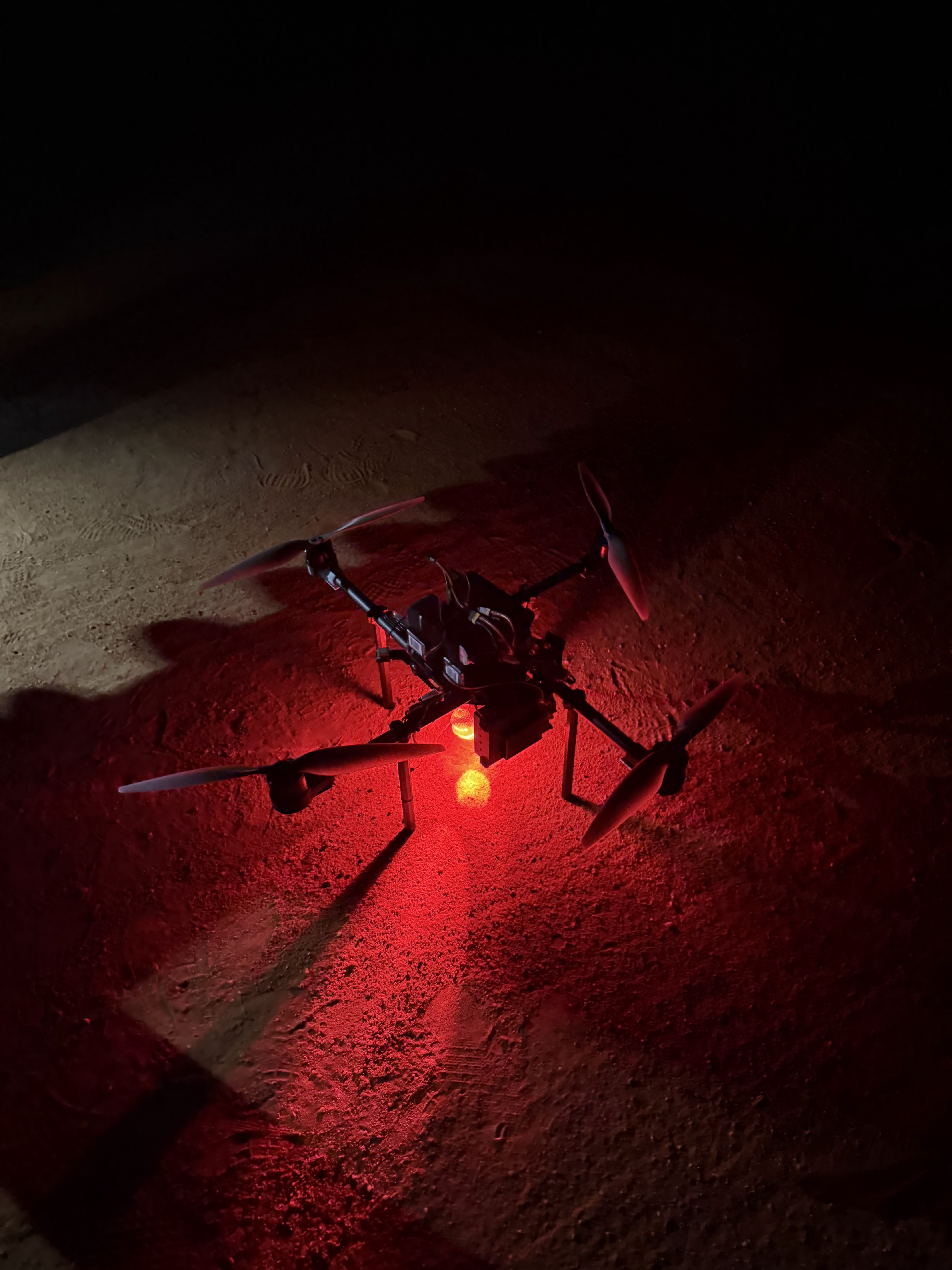
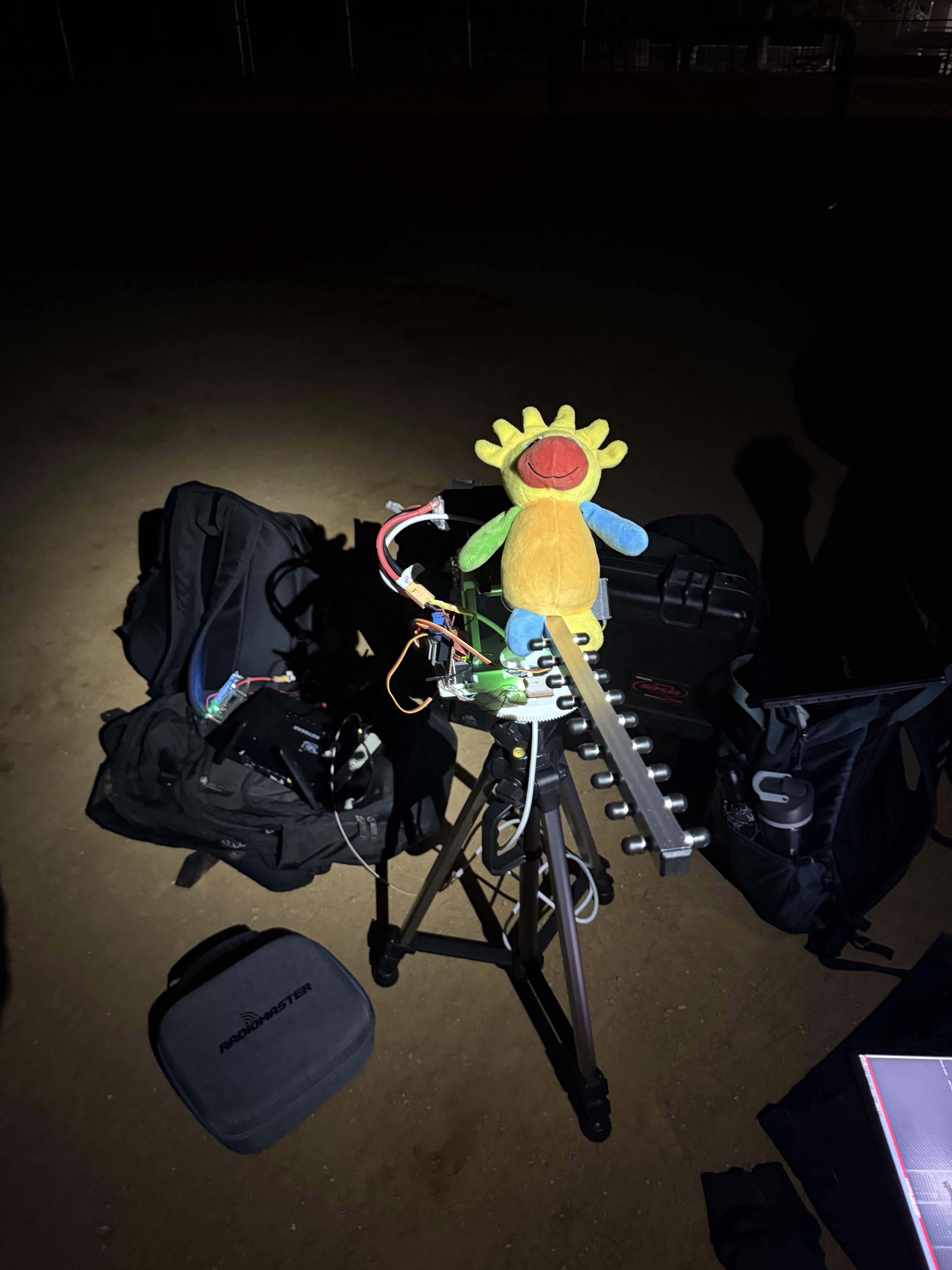
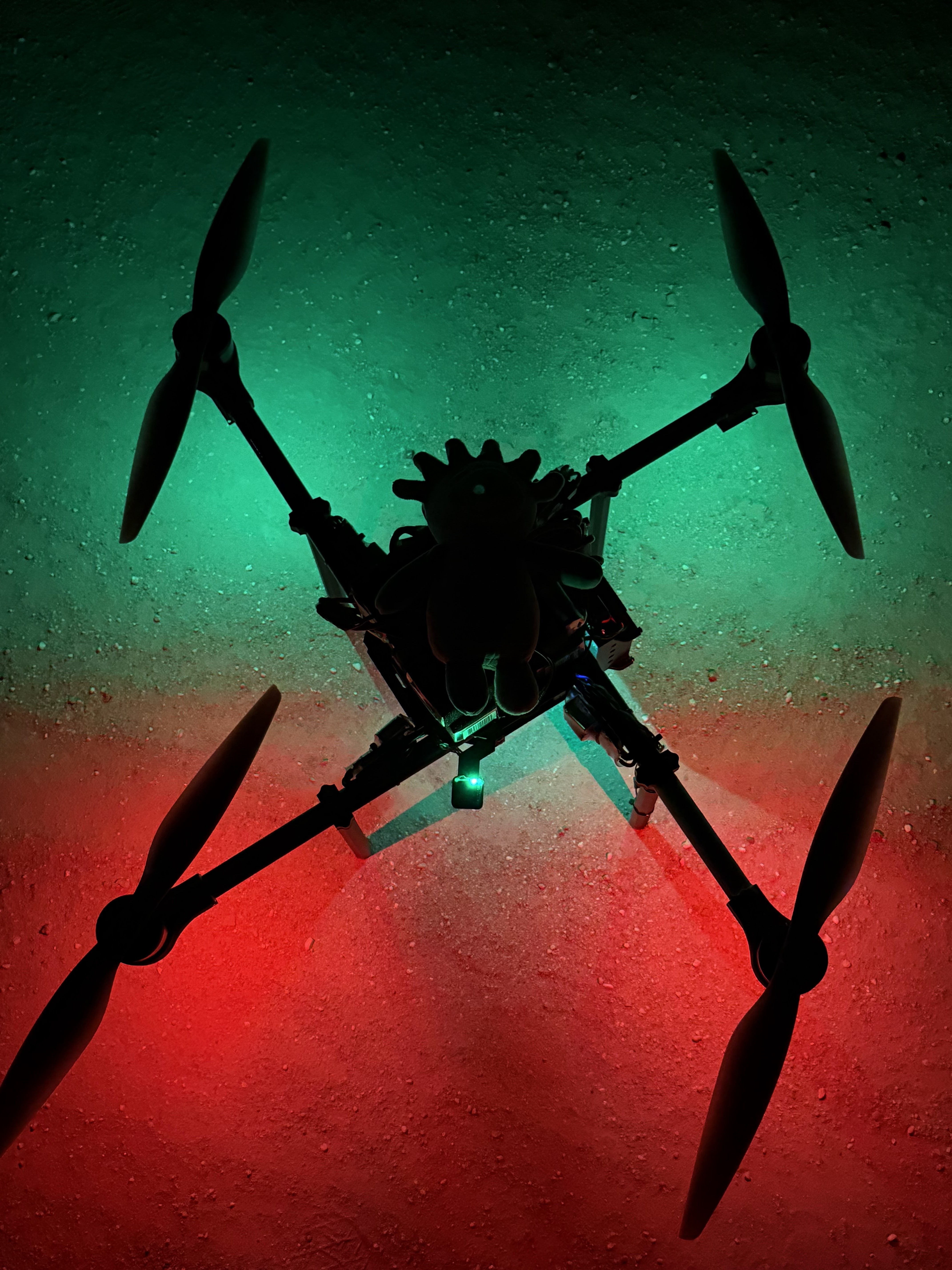
Final Pre-Mission Preparations
After only 3 hours of sleep, the team regrouped for one last push. The pre-mission morning was a blur of final calibrations, software updates, and system verifications. Every component underwent rigorous checking - from communication systems and flight controls to payload mechanisms and emergency protocols. The mechanical team focused on the antenna tracker’s final assembly, ensuring robust connections and smooth gimbal movement for uninterrupted data transmission during the mission.
Final pre-mission prepartions
After only 3 hours of sleep, the team regrouped for one last push. The pre-mission morning was a blur of final calibrations, software updates, and system verifications. Every component underwent rigorous checking - from communication systems and flight controls to payload mechanisms and emergency protocols. The mechanical team focused on the antenna tracker’s final assembly, ensuring robust connections and smooth gimbal movement for uninterrupted data transmission during the mission.
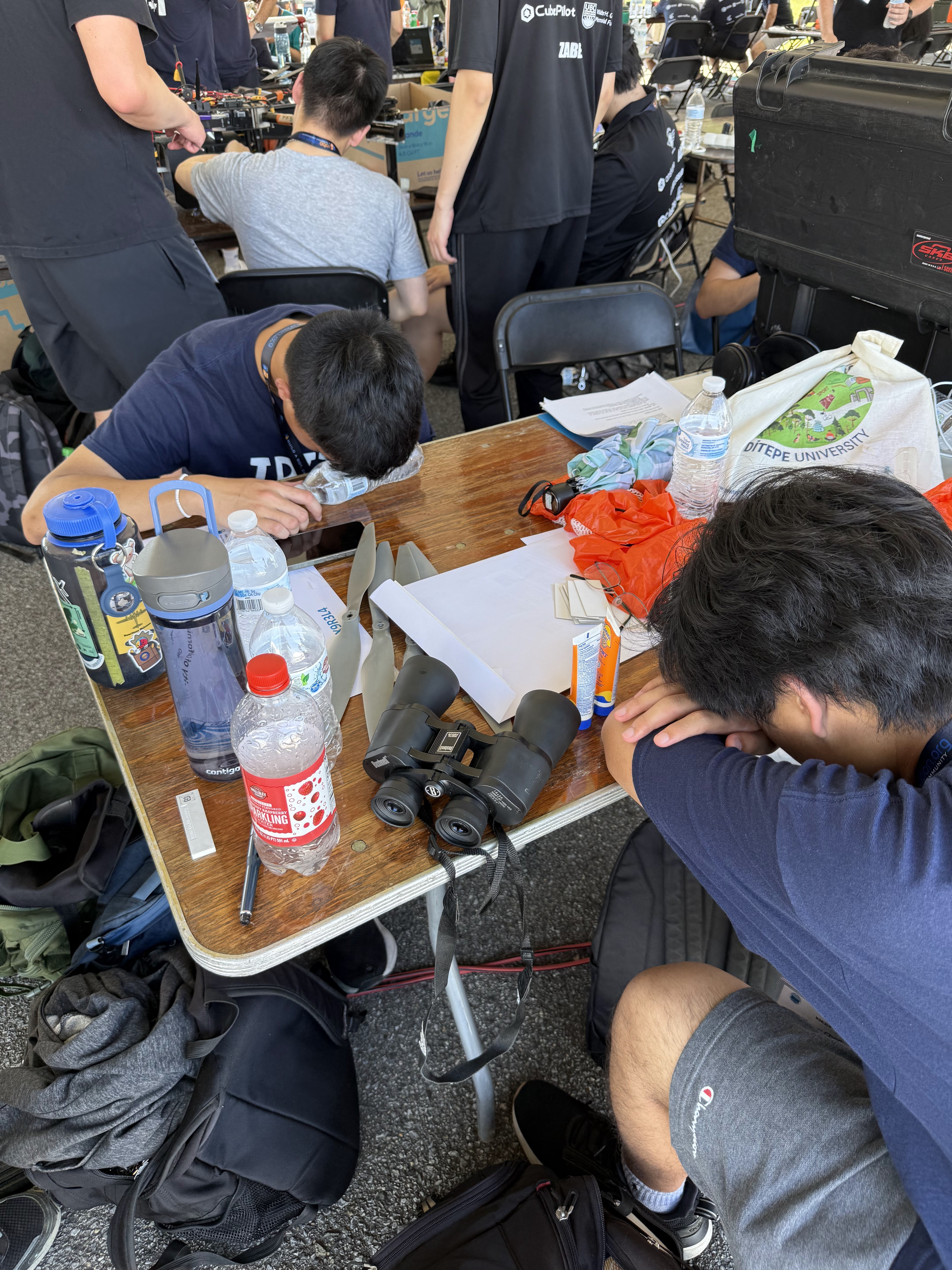
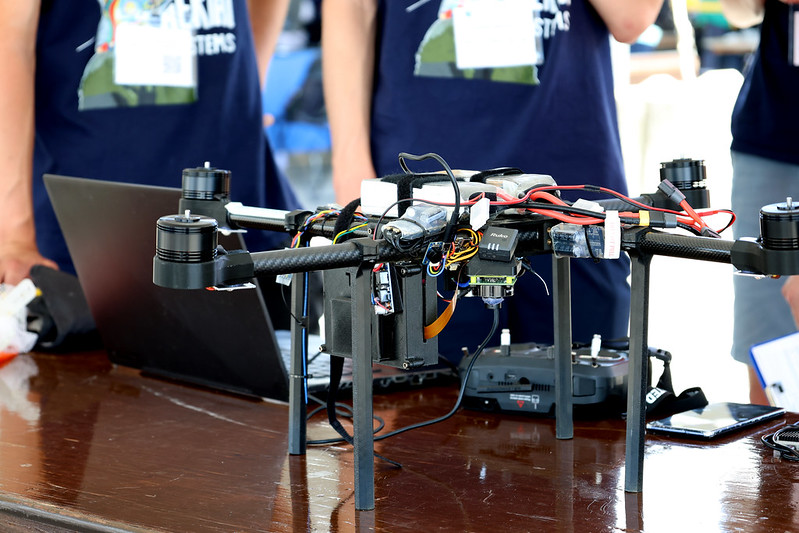
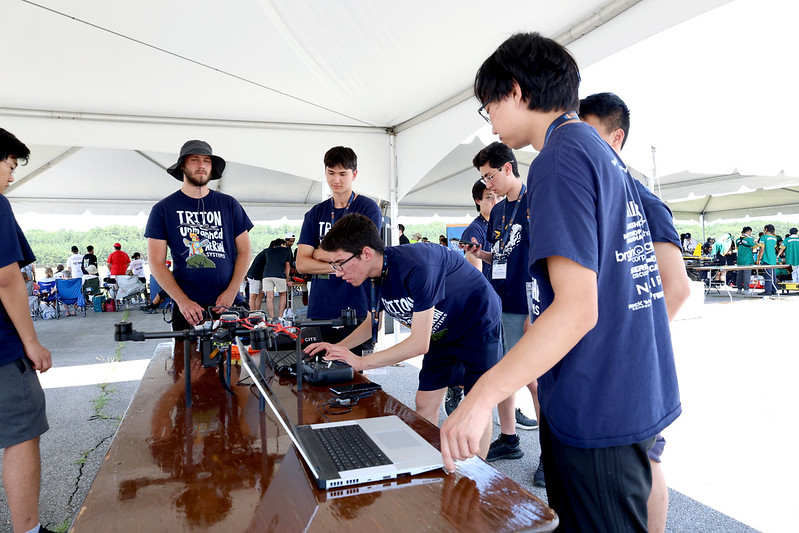
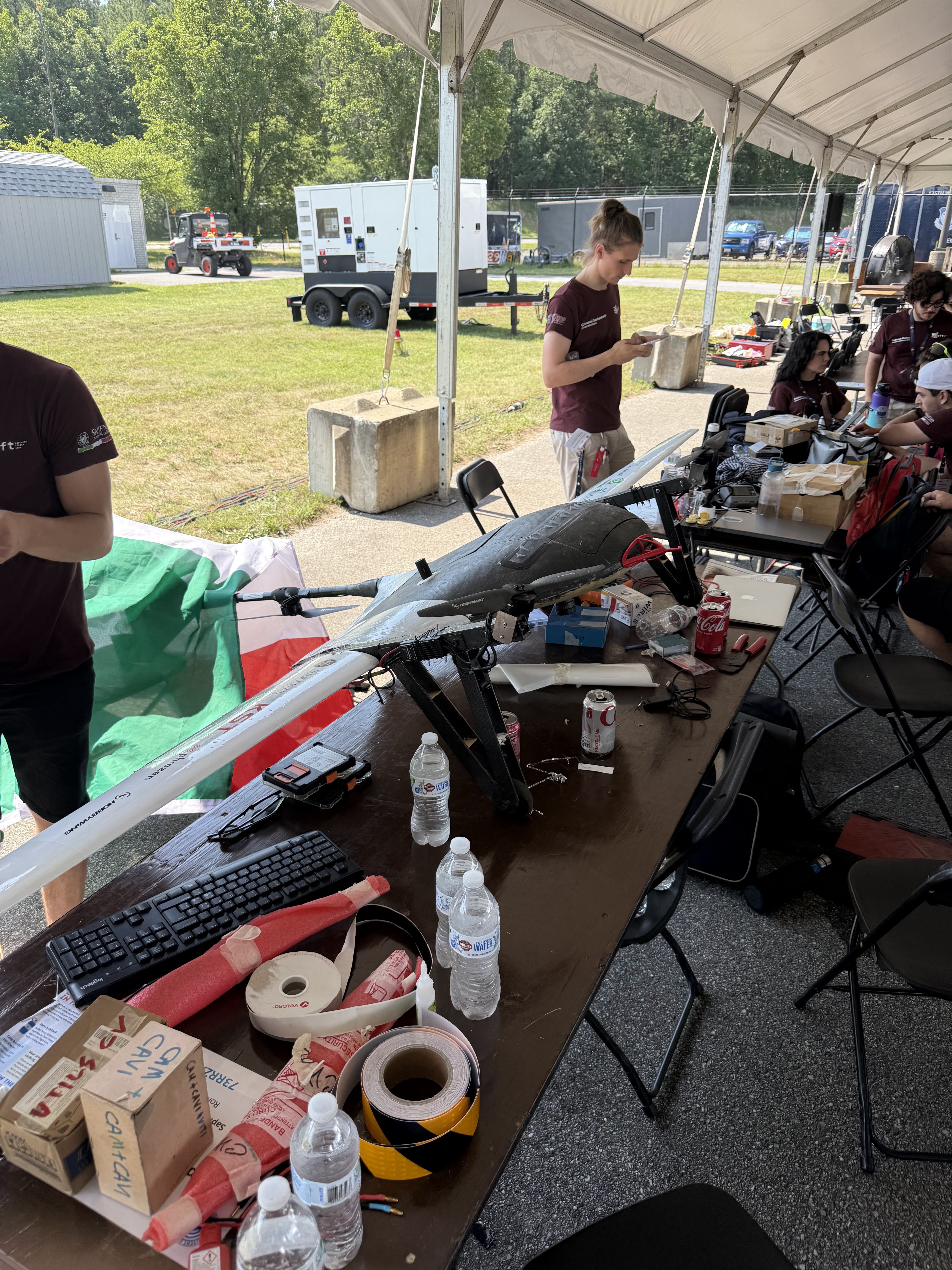
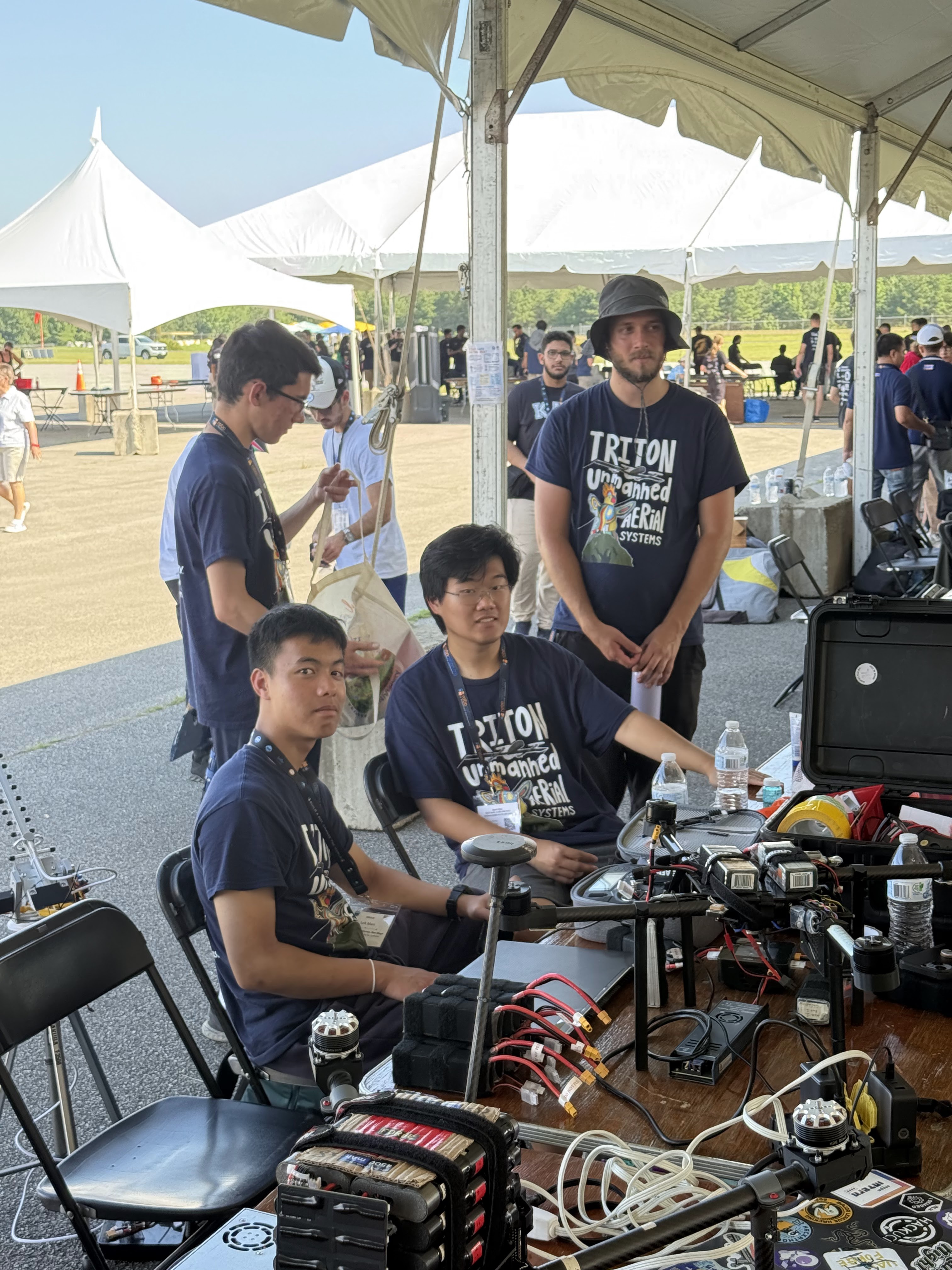
Mission execution
The culmination of months of preparation arrived as we initiated our mission sequence. The tension was palpable as our UAS launched into autonomous flight, navigating waypoints with precision while executing complex search patterns. Our antenna tracking system maintained flawless communication throughout, allowing real-time data transmission as the drone identified and classified targets in the search area. The successful payload deployment marked a significant achievement for our mechanical and avionics teams.
Taking off…